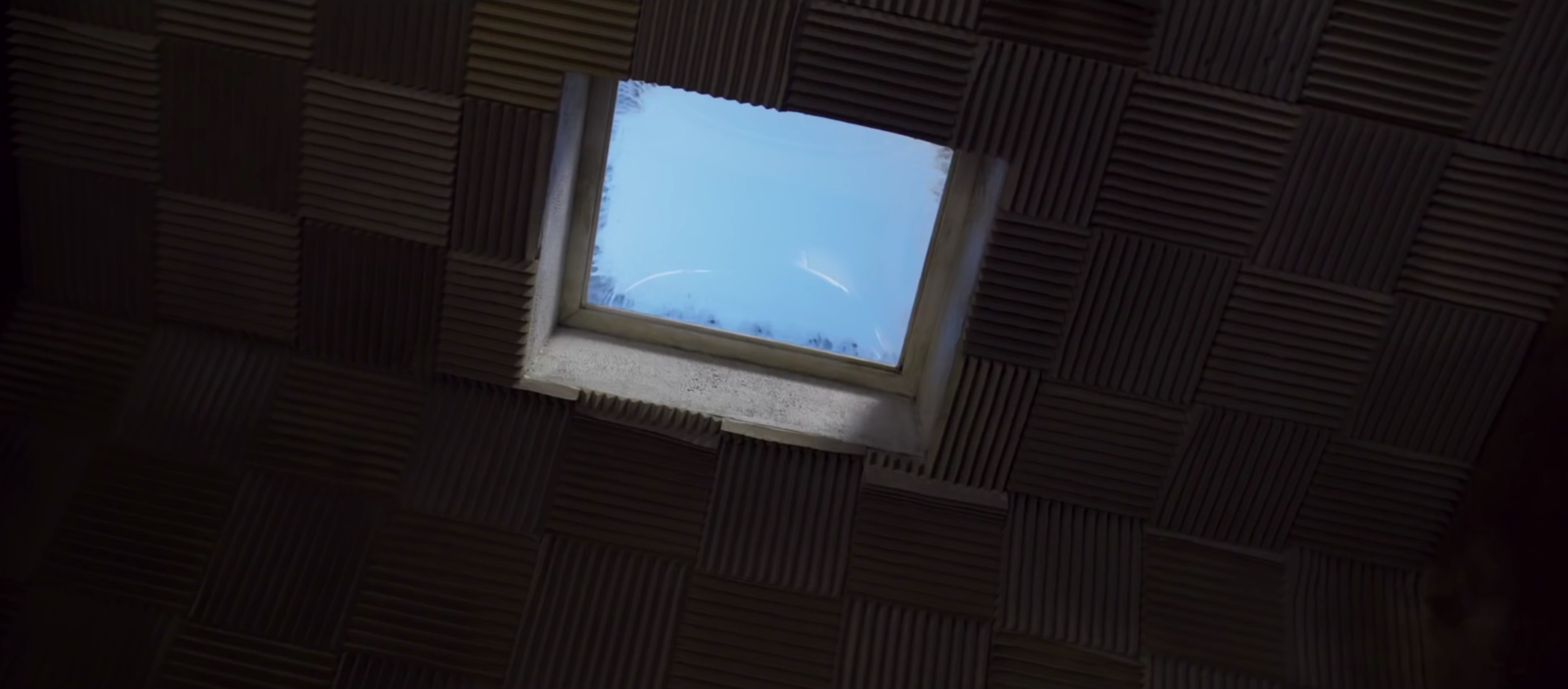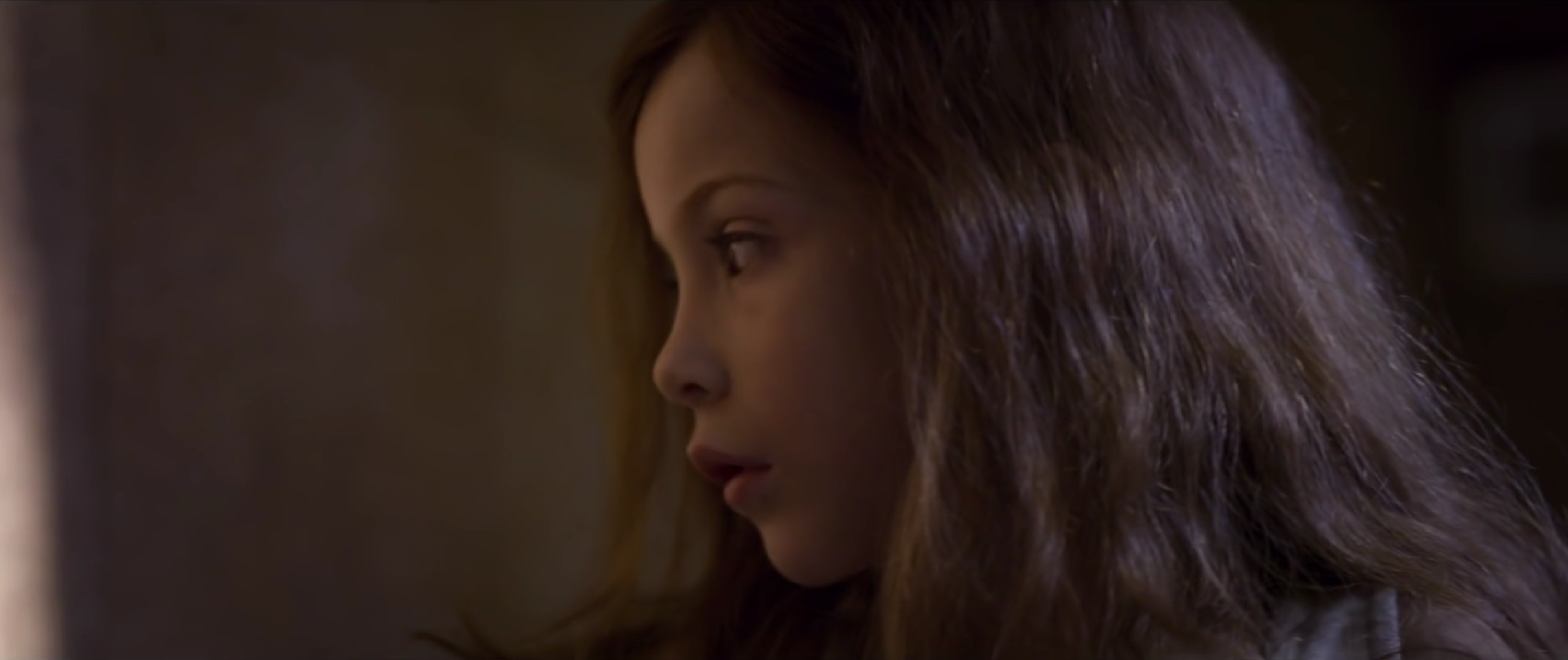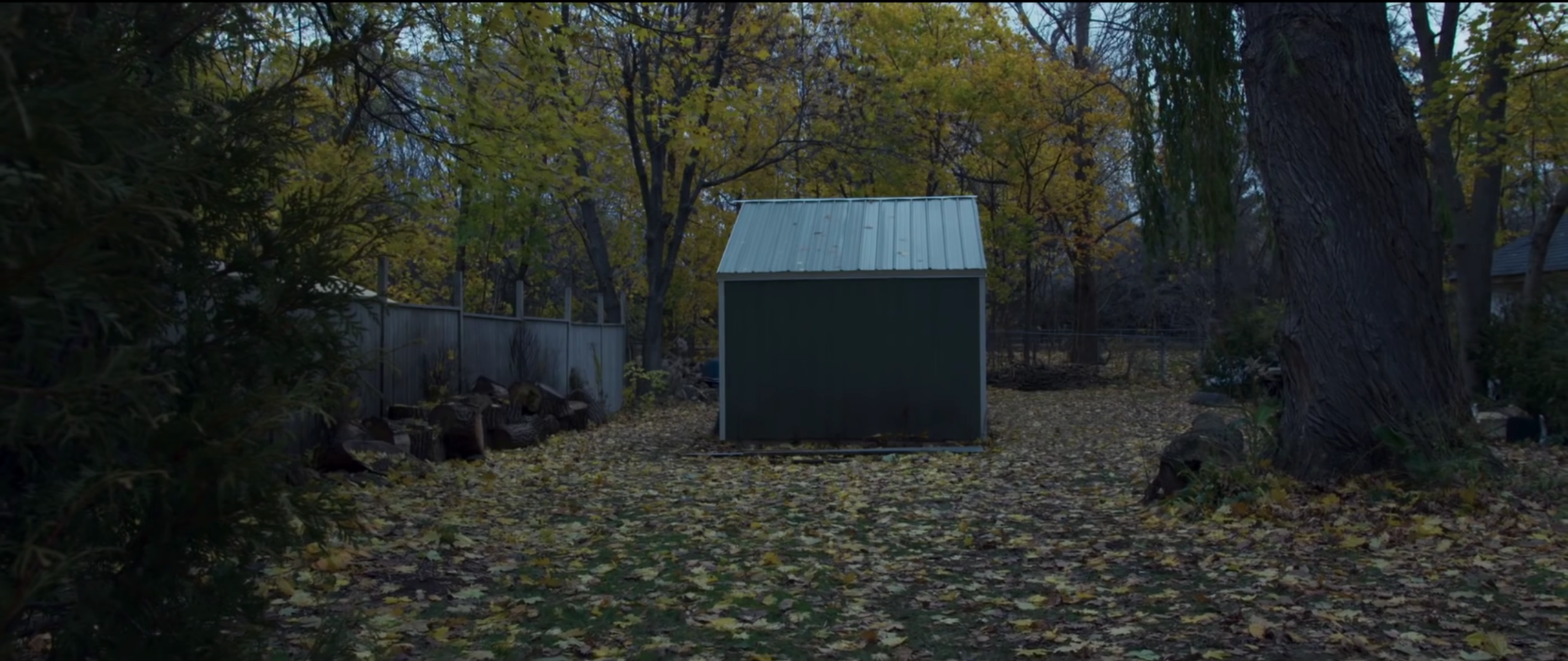How does “Room” make space appear larger and smaller?
“The world only exists in your eyes ― your conception of it. You can make it as big or as small as you want to.” ― F. Scott Fitzgerald, The Crack-Up
[SPOILERS AHEAD]
We are told, alternately, that it’s a big world out there or a small world after all. In the human experience, the world can grow as we age. It can blow open in a moment, expand steadily as we learn and develop, or shrink over years as we get stuck in ruts. On a given day, our sense of the bigness or smallness of the world morphs based on our emotional state, our failures and successes, the size of our social circles, our natural settings and how much love we feel in our lives.
Room (2015) opens with Jack (Jacob Tremblay) and Ma (Brie Larson), alone in an unexplained space they call “Room,” on Jack’s fifth birthday. Through Jack’s newly five year-old eyes, Room feels vast and spacious, full of variety, activity and love. It is a whole world. The opening moments of the film are joyful and open in their childlike simplicity and vigor. As Ma and Jack travel to different parts in the one room, visiting Jack’s favorite sections and exciting objects, we feel as if they’re moving as far as any of us travel, at least emotionally, in one of our days. So how did director Lenny Abrahamson make this tiny room (which we later learn is the size of a garden shed) feel so large?
In “Anatomy of a Scene” for The New York Times (which commented, “The space is small in ‘Room,’ but the emotions are large”), Abrahamson spoke about how he dealt with the practical challenges of shooting in a small space: “We’re shooting in a tiny space, this 10 x 10 space. But what’s interesting is, you can have that constraint disappear for the audience. So through this whole scene, we’re shooting on long-ish lenses, throwing the backgrounds out of focus, keeping it about them [the characters], and the place disappears. When you want to bring the place back, you shoot wider, see two corners, realize just how tiny it is.”

While the camera is working on us psychologically and emotionally to guide our perception of the space, Abrahamson made a point not to break the rules of the room’s actual size. The director told The New York Times, “We didn’t cheat at all. The space is the size it’s supposed to be. We were able to shoot through the walls sometimes. But the rule was always that the camera lens had to be inside the dimensions of the room. The pressure of that constraint and the challenge of it as a filmmaker made for a stronger film.”
In an interview with AZ Central, Lenny Abrahamson said, “We made a really modular set so you could move walls and get camera angles in various places. We didn’t want to take out the whole wall, because first of all that takes a long time and time is limited when you’re working with a kid. And also, somehow, it would ruin the integrity of it for the boy, if he could look past camera and see the whole studio.”
Abrahamson noted that the “practical challenges” of filming the first part of the film made him focus on the most important work of directing the actors in the scene: “I don’t believe in the idea of decorative filmmaking, that you’ve got to have a lot of shots to keep people interested. It’s about what’s happening and how intimately you can bring people to feel that.”
Abrahamson also told Moveable Fest, “We saw if we concentrate on faces, the walls of the room can actually disappear…Scale is really an elastic for a kid. Jay’s attention can be captured by some tiny corner of the room or some texture on the table or his thoughts could drift off into the abstract. We were able to follow that for those periods of time with him, then holding on Brie, you suddenly feel all of the things that she is protecting her boy from. You can see those on her face, so it’s a combination of how you study the character, what scales you operate at, the kind of lenses you choose.”

In addition to the camera techniques that make the room feel more spacious, Jack’s early narration helps us view the space with his wonder and fondness. He introduces us to the inanimate objects in Room—even Toilet, who is the best at disappearing poo—and we feel that these are his (and now our) friends. Elevating these inanimate objects into characters subtly populates the space, filling it with warmth and allies.
At the beginning, we don’t yet know why Ma and Jack are in Room and why they evidently don’t leave. We know they are visited by a man they call “Old Nick,” who brings them groceries and one small “extra” request per week. As we see how mother submits to Nick with quiet fear, how desperately she protests his coming near Jack and how she absents herself during her “gone days” (from Jack’s casual tone we gather Ma’s catatonic spells are a regular feature), we start to gather that Nick is holding Ma and Jack hostage and regularly raping Ma. Still, we come to this conclusion in a vague way; we don’t know the details. Remaining in Jack’s point of view, we pick up clues only as Jack himself begins to grasp more that something is off in the situation, even though it remains largely beyond his comprehension.

As Jack shows these glimpses of understanding, Ma takes a leap and reveals the truth about Room: she was abducted by the man she calls Old Nick (she doesn’t know his real name) when she was 17 – seven years ago. Jack was born in Room; therefore (although she doesn’t say it) he is Nick’s son. After convincing Nick Jack has died, Ma seizes the chance for his escape and wraps the boy in a carpet to send him outside. Somewhat improbably, in a scene with overpowering tension, Jack succeeds, and (due to a cop’s nearly superhuman insight) Ma is also rescued.
A lesser story would end here, but Room arguably becomes more interesting as Ma and Jack struggle with the highs and lows of re-entering the now huge-seeming world outside Room. Jack grows steadily, and our experience of space in the film expands in conjunction with his widening field of vision. Ma struggles more in returning to the world she’s long missed, finding it altered and bitterly resenting the years stolen from her. As Abrahamson continues to The New York Times, “The most surprising thing was, the second half of the film, where you’re outside Room, was the hard part. We always felt the challenge would be in dealing with the small room and the physical constraints… But, dramatically, the first part of the film is so clear. When you come out, you’re dealing with something so much more complex. It’s such a wild premise, walking back into your family home 7 years after you’ve been kidnapped. These were really complicated scenes to shoot.”
At the end of the film, Jack asks to go back to Room. On returning, though, Jack is stunned by the smallness of Room. Now shot from a wide angle, the camera peering from outside into the interior of the shed, Room looks nothing like the space we saw at the film’s opening. Earlier, when Ma tells Jack about the abduction, she tries to make him understand the true scale of the larger “real” world, saying,“You wouldn’t believe how big it is. Room’s only a tiny stinky piece of it.”
The shift in Jack’s perspective of space, expressed in the camera, shows how much he has grown. Before Jack knew of the greater world, Room was big enough. It was vast, even, and full of new discoveries. After he has moved on to larger experiences, it would be impossible to go back. His sudden expansion in space, paired with the fast pace at which his five year-old mind is naturally developing, is an explosion of consciousness beyond what most of us have known. Yet we can all relate to the subjectivity of space and how our perspective of size subtly changes as we grow in proportion to our surroundings or become trapped by an environment that won’t allow us to thrive.

Most acutely, Jack’s new point of view on revisiting Room makes us feel the painful smallness of the shed and the profound trauma Ma has survived. In contrast to those joyful first moments, the closing scene’s revelation of Room’s “real” size is heart-wrenching. Looking with what we take to be an objective spatial perspective (now seeing the tiny garden shed in proportion to the outside), we recognize the spiritual feat Ma accomplished in creating Jack’s early childhood happiness out of nothing. We feel the deep violation and theft that the captor inflicted by restricting their lives to this closet-sized prison for so many years.
As the snow falls, Jack and Ma leave together and we see the shed from above, grasping just how closely it’s surrounded by a town full of houses whose inhabitants had no idea this big drama in a tiny space was unfolding a few steps from their front doors. The wide final shot of Jack and Ma walking away, the snow erasing their tracks and covering over their unspeakable past, signals their resolve to leave their prison behind and look outward toward a bigger life.

